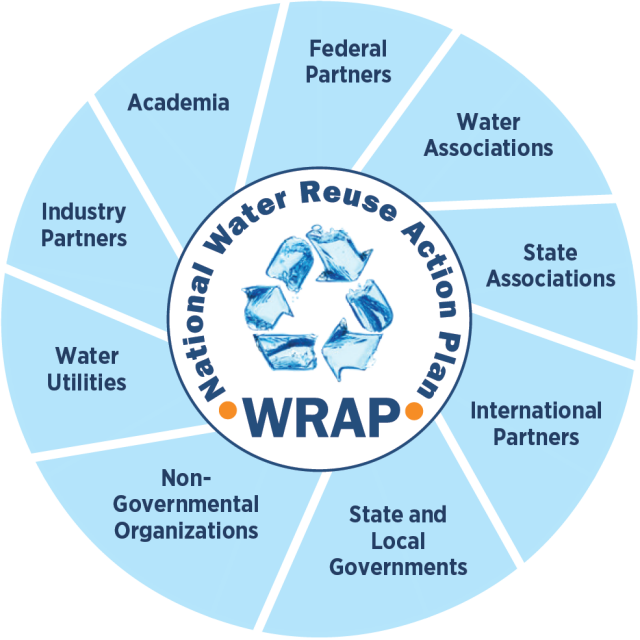🔴MAUI SCHEDULED to BURN 🔥🌬
Warfare
Weather and Frequency Weapons
“Japan-U.S. Island Grid Project”
Technology to stabilize power distribution systems and minimize the effects of “fluctuations” in power output
Generating Energy from Renewables
Reliant on Artificially CONtrolled Weather
Disguised as Climate Change
An Agenda of Death
NET ZERO
CARBON REDUCTION = OXYGEN REDUCTION
Unsustainable Development Goals to Reduce the Populations
The New Smart Grid in Hawaii
A Grid of Death



